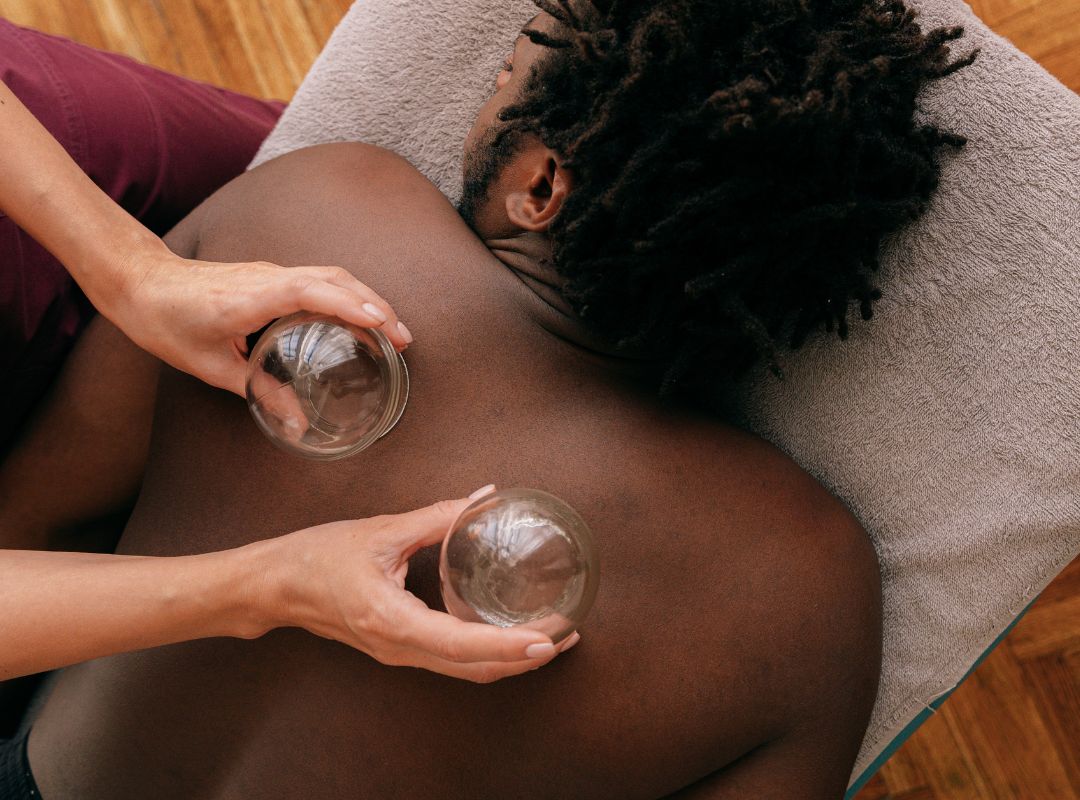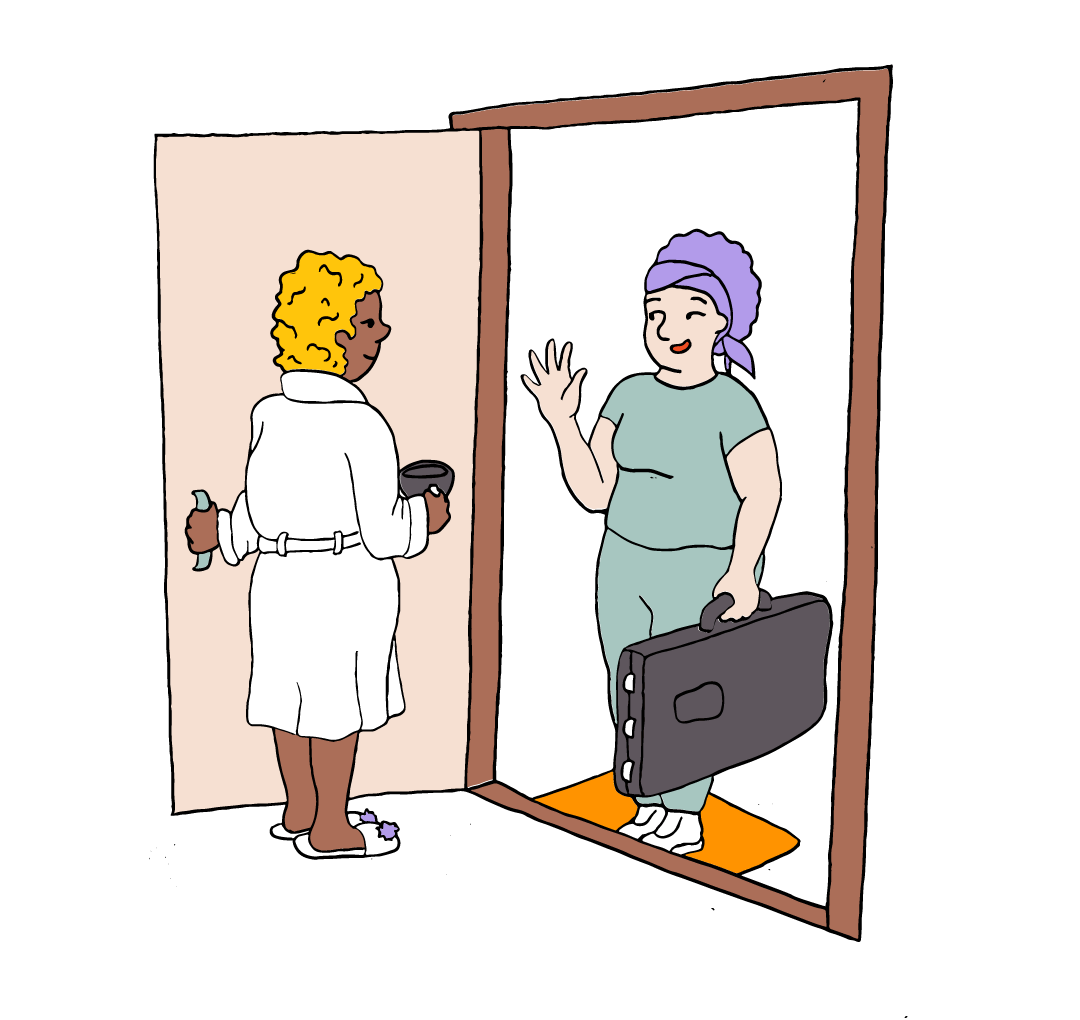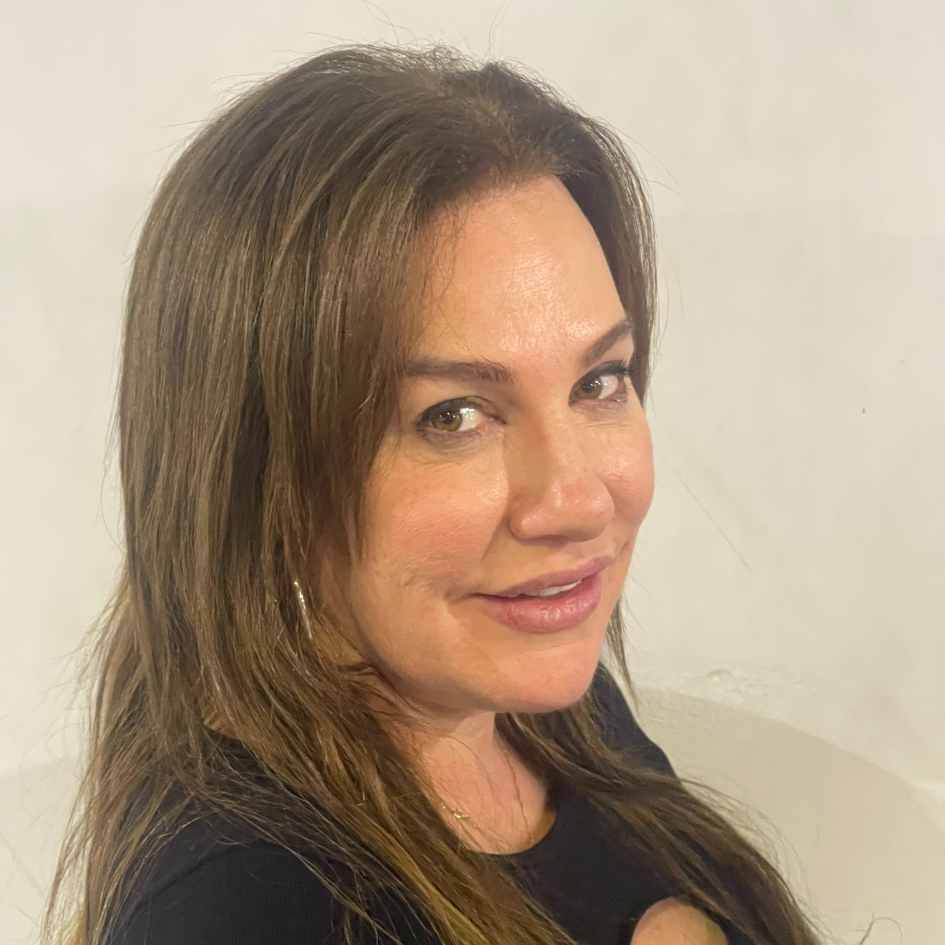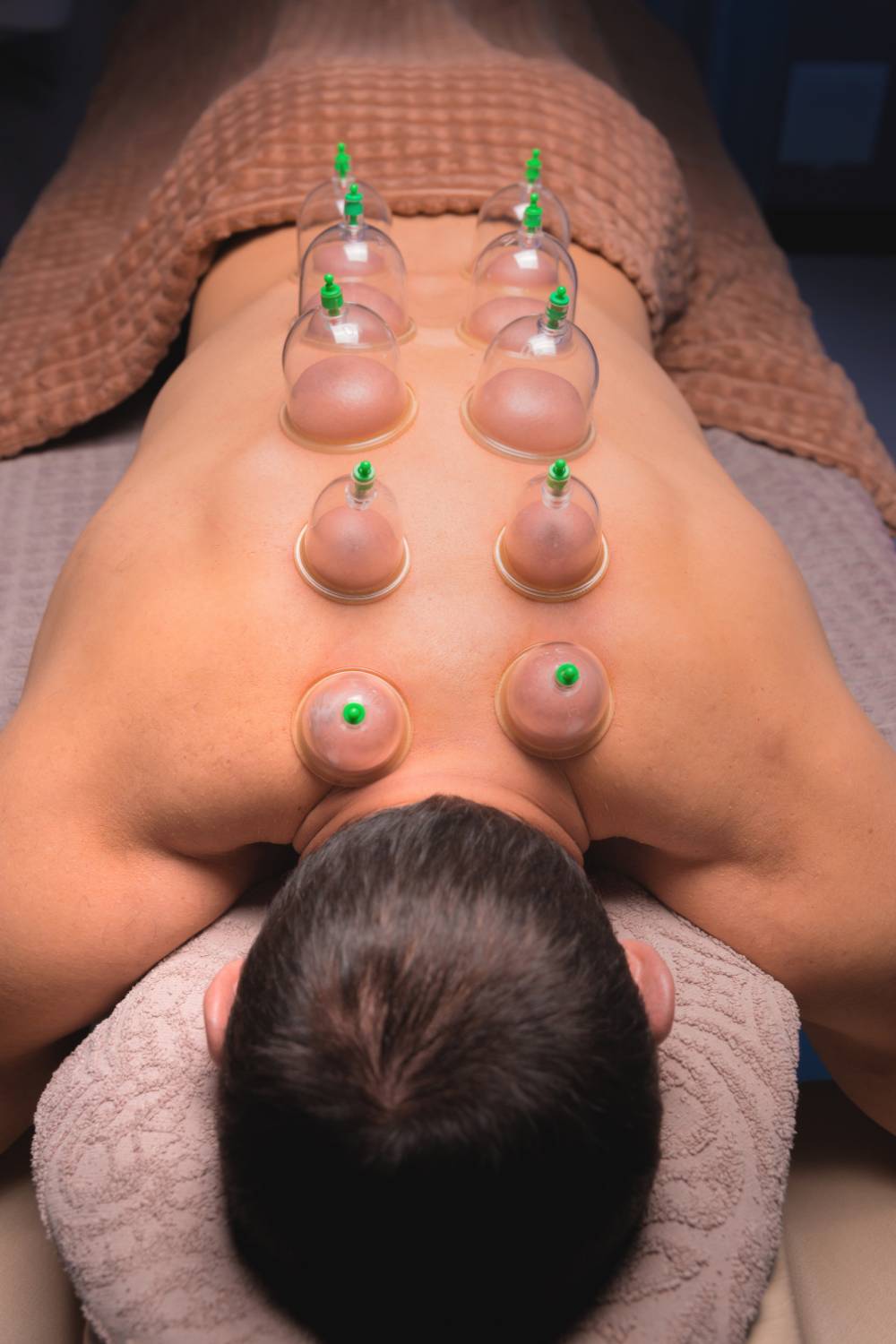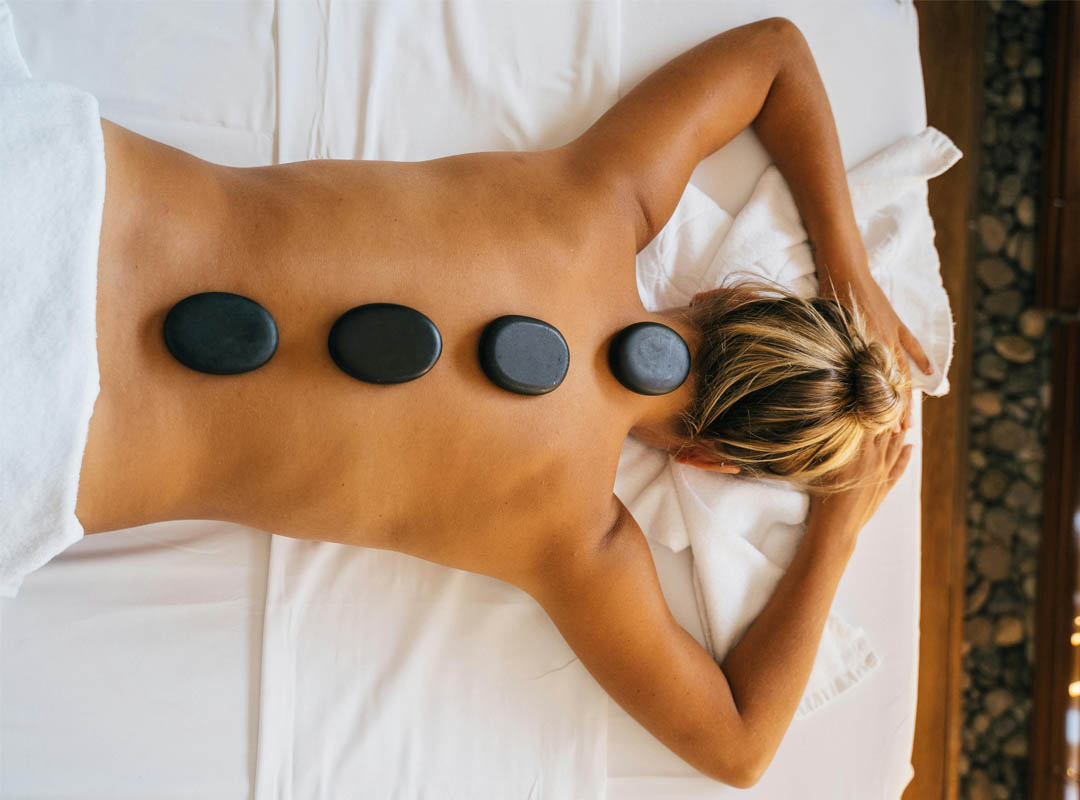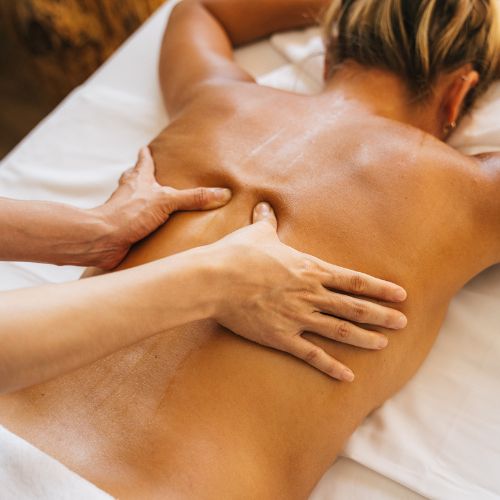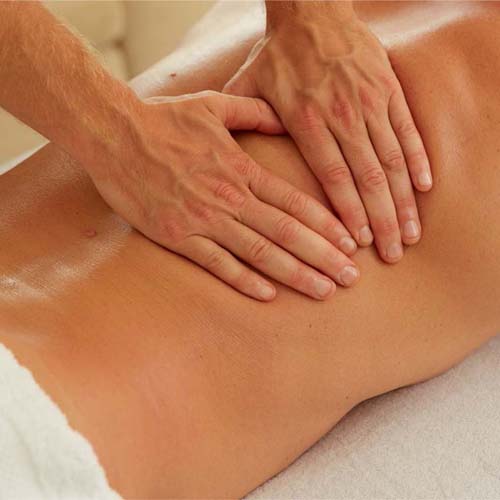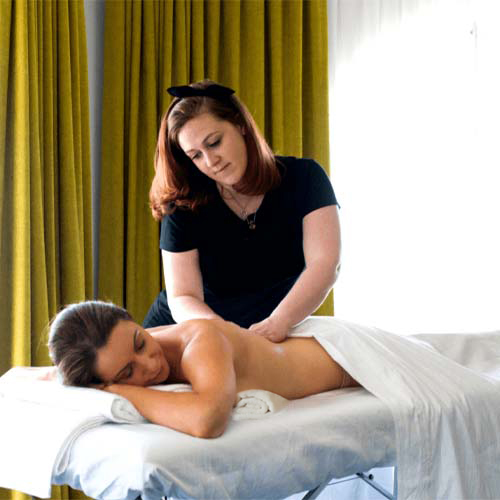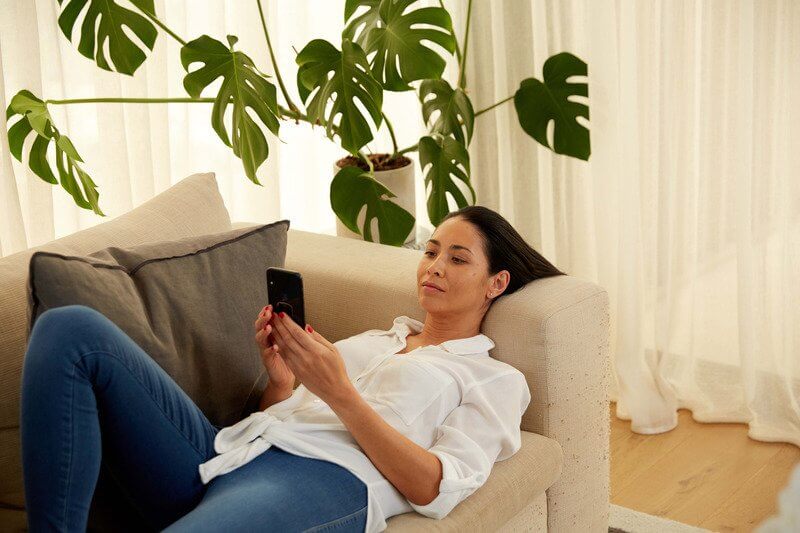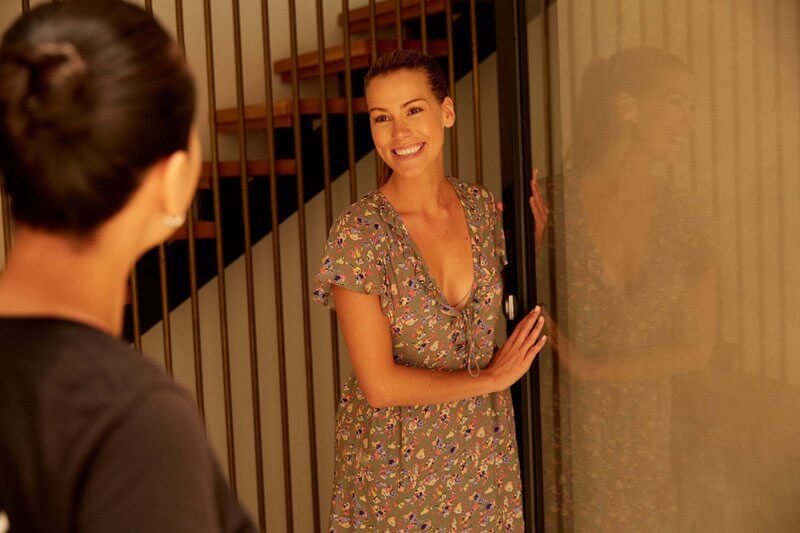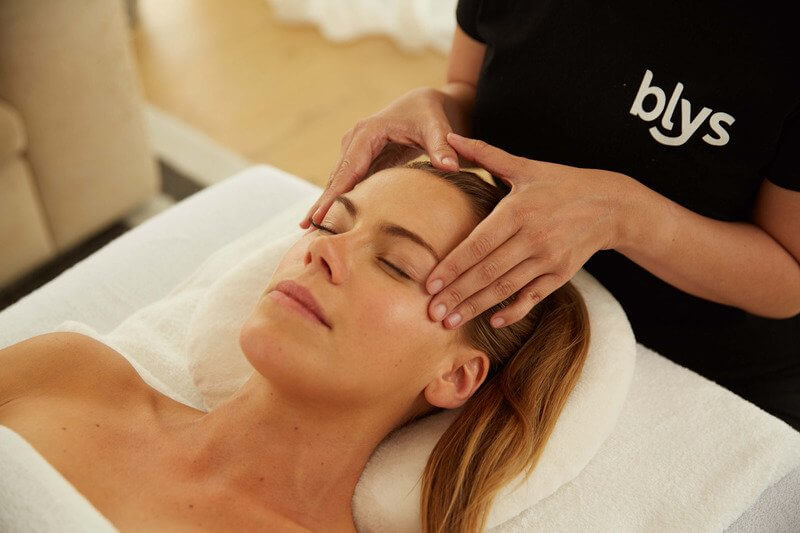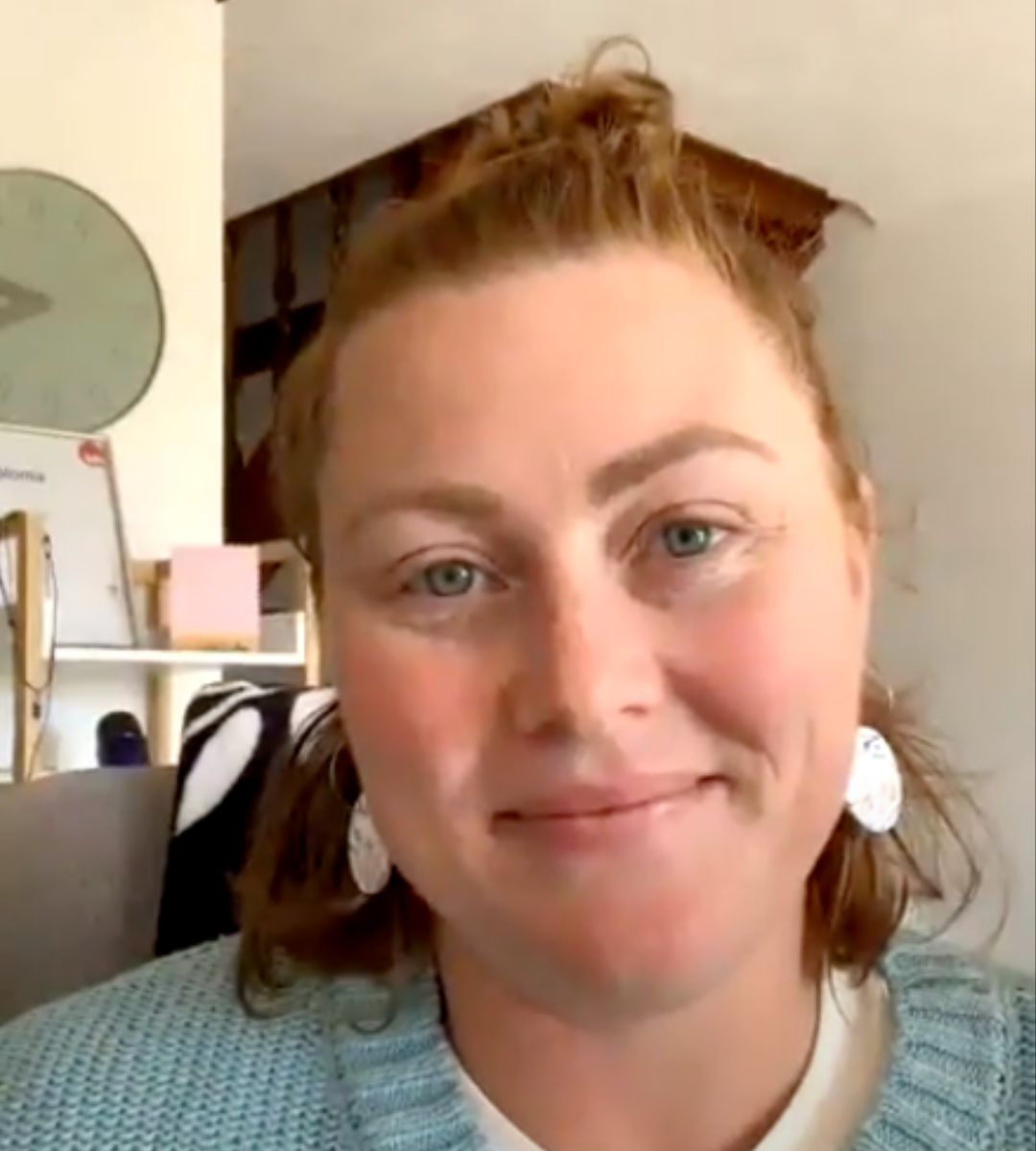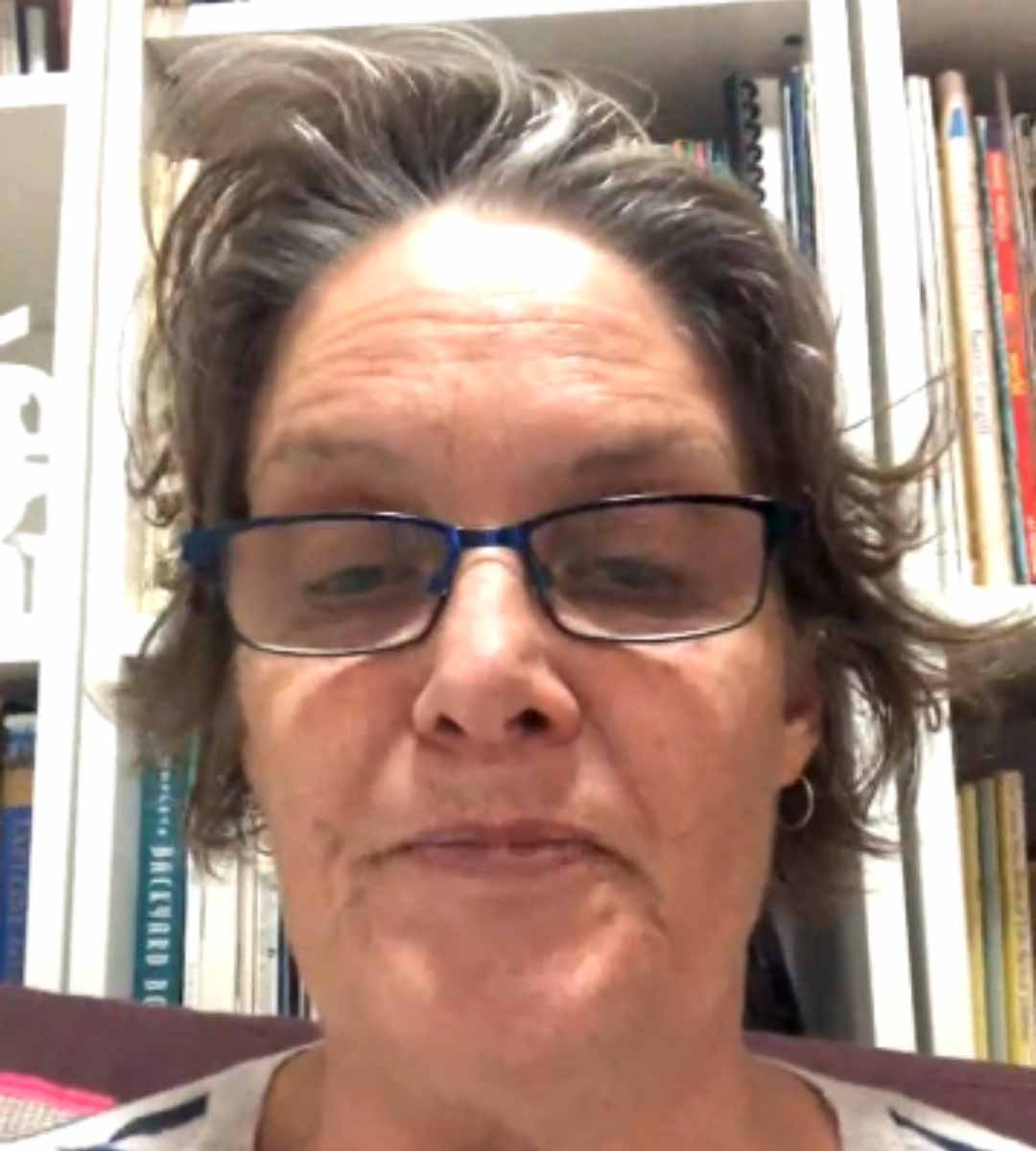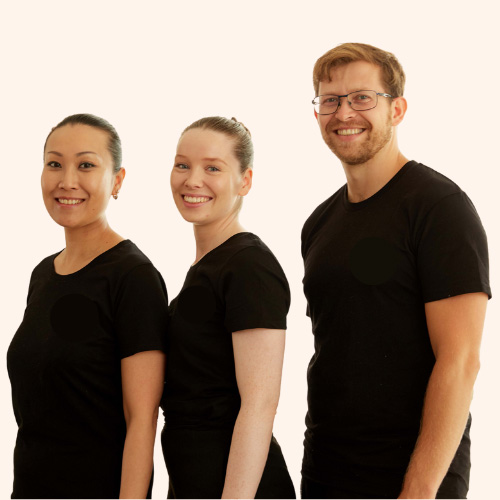Frequently Asked Questions
Who should get cupping done?
Anyone that is feeling muscle tension or overall energy drain can get cupping done, but there are specific health benefits for those with chronic pain. Clients with:
- Arthritis (including rheumatoid arthritis)
- Chronic body pain (back, neck, knee and shoulder)
- Chronic headaches/migraines
- Breathing problems such as asthma
- Gastro-intestinal problems such as IBS (Irritable Bowel Syndrome)
- High-blood pressure (hypertension)
Does cupping help knots?
While cupping therapy’s main function is to increase blood flow and circulation within the body, there are many other benefits, including reducing swelling and muscle knots.
Does cupping have long term effects?
Cupping has not proven to have long-term effects when dealing with chronic pain management. However, cupping therapy is recommended to do 1-2 times a week, making it a sustainable therapy method for pain relief.
What to expect after cupping?
Our recommendation? Take it easy, get extra rest and of course, stay hydrated to further expel any toxins released within the body!
Cupping is an exhaustive process for the body, relieving tension and increasing blood flow may lead to feelings of fatigue or tiredness post-appointment.
How often should you do cupping?
Cupping can be done 1-2 times every week! We recommend you consult with your cupping therapist to confirm the regularity of your cupping treatments.
Is cupping a good massage?
Cupping is a unique massage technique that involves placing suction cups on the skin to create a vacuum effect.
While some people find it beneficial for relieving muscle tension and promoting relaxation, its effectiveness and comfort can vary from person to person, and it may not be suitable for everyone. It is essential to consult with a qualified practitioner to determine if it’s a good option for your specific needs.
How much is cupping usually?
With Blys you can book a cupping massage from $139.
Is cupping worth doing?
The worthiness of cupping therapy depends on individual preferences and specific health goals. Some people find it beneficial for muscle tension relief, pain management, and relaxation.
What does cupping do in a massage?
Cupping in massage involves placing cups, typically made of glass, silicone, or plastic, on the skin to create suction. This suction can help increase blood flow, alleviate muscle tension, and promote relaxation by drawing the skin and underlying tissues upward, which some people find therapeutic.
Why can’t you shower after cupping?
After a cupping session, it’s generally advisable to avoid hot showers or baths immediately because the skin may be more sensitive, and the sudden temperature change could be uncomfortable. It’s recommended to wait a few hours or until any skin redness or sensitivity subsides before taking a warm shower to prevent any potential discomfort or irritation.
Who should not get cupping done?
Clients with:
- Bleeding disorders like haemophilia.
- Blood clotting problems, such as deep vein thrombosis or history of strokes.
- Skin conditions, including eczema and psoriasis.
- Seizures (epilepsy).
- Pregnancy
What is hijama and cupping?
Hijama and cupping are exactly the same thing! Cupping, previously called Hijama, is a form of traditional therapy that increases blood flow and circulation within the body.
What is cupping massage used for?
Cupping therapy has been used for thousands of year to relieve back and neck pain. Modern cupping therapy offers up many physical benefits that come from cupping and the increase of blood flow.
Cupping is now used to re-energise the body, reduce stretch marks, scars or varicose veins, aid in digestive problems and provide pain relief, especially for those that suffer from chronic pain.
What does hijama do to your body?
Hijama, or cupping therapy increases blood flow and circulation within the body using suction cups
Is Hijama good for skin?
Facial cupping is known to increase oxygen-rich blood circulation, which strengthens skin and connective tissues.
While you may not see immediate results after your cupping session, the long-term skin benefits of cupping are out of this world!
Does hijama remove toxins?
Hijama or cupping therapy releases toxins within the body through suctioning techniques, but it is actually the kidneys that expel those released toxins.
Same as a massage, we recommend drinking lots of water after your cupping appointment to help along the removal of toxins from the body.
Is hijama cupping painful?
Cupping therapy is not considered a painful or unsafe treatment, however, this type of therapy applies suction to different parts of the body. This means that there may be some discomfort during your appointment.
If you have any concerns about pain, it is advised that you bring it up during your consultation with your cupping therapist and alert your therapist during your appointment if any pain is felt.
How often should you cup your back?
You can get cupping therapy on your back quite regularly, with the recommendation being 1-2 times every week!
We recommend you consult with your cupping therapist to confirm the regularity of your cupping treatments.
Where do you place the cups for cupping?
Depending on the cupping therapy method chosen, as well as your own areas of pain or concern, the cups can be placed on the back, stomach, arms, legs or the face.
A consultation with your cupping therapist prior to your appointment will help you discern the areas on your body where cups will be placed.
How long do you leave cups on when cupping?
The cup is generally left on the body for up to three minutes. In saying that, there are many different kinds of cupping therapy methods, so it is best to speak with your cupping therapist during your consultation or prior to your appointment if you have any questions.
Can we do cupping therapy at home?
You can definitely do cupping therapy at home, in fact, that’s the whole point of Blys!
At Blys, we connect clients with providers that can perform different kinds of therapy from the comfort of your very own home.
Cupping therapy at Blys is a great way to destress and re-energise without the inconvenience of travelling.
What are the side effects of cupping?
Common side effects of cupping therapy may include temporary skin discolouration, bruising, or mild discomfort at the cupping sites, which typically resolve within a few days.
In rare cases, more severe side effects like burns, blisters, or infection can occur if the cups are left in place for too long or if proper hygiene and safety precautions are not followed, highlighting the importance of seeking cupping therapy from trained and qualified practitioners, like those on the Blys platform.
